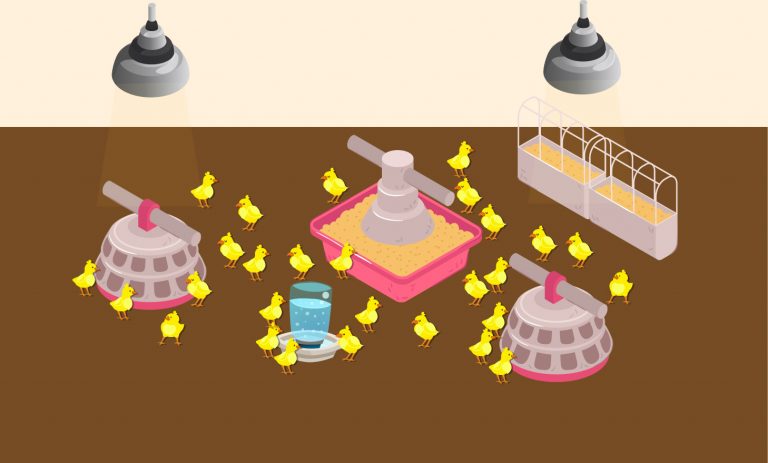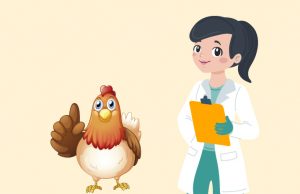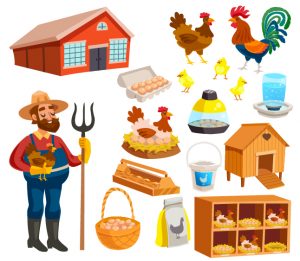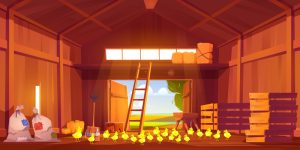Poultry brooding management

In the brooding system first 14 days play a key role in chicks’ life, which sets the foundation for chicks’ performance. An extra effort in the phase of brooding can affect the final performance of the flock. At seven days of age if the chick grows 1gram of weight there will be additional growth of six grams of body weight at 35 days of age. Chicks should be checked frequently once they are bought to the farm and we should also check if they are comfortable with the temperature.
For too cold temperature chicks move to the hotter area, they will be crowded and noisy. For too hot or warm temperature they move away, they will pant and their wings also droop.
Chick should have evenly spread temperature, they show varied behavior (interacting, eat, drink, resting), and they also softly chirping.
Guard of brooder:
Properly sanitized guards should be made
Guard height should be 16inches to 18inches approximately
Guards make sure that the chicks are near to the heat
Guard circle should be reduced in the night and increased in day
The newspaper should be changed frequently during the first few days of brooding.
The wet paper should be removed and dry paper should be placed to prevent the spillage of litter in feed troughs.
First-week bodyweight of the chicks:
To know how successful is brooding management, checking the bodyweight of the chick on the 7th day is important. In brooding the first-week weight of the chick should be more than four to five times of day-old weight. If the chick performance isn’t well there should be pre-placement and brooding management should be evaluated and effective measures should be taken- up.
Feed and water intake assessment:
In assessment, chicks are checked randomly and are gently palpated after six hours of placement. Assessing crops is a must so that we can check if the chicks have consumed enough amount of water and feed. Swollen and distended crops with water mean the chicks couldn’t find a sufficient amount of feed. Crops are hard it means that the chicks haven’t found a sufficient amount of water. 95% of the birds’ crop should be flexible and soft to the chicks.

Latest posts

Three common diseases in poultry farming

Smart techniques for better Poultry Farming& Management

Role& responsibility of the poultry farmer
